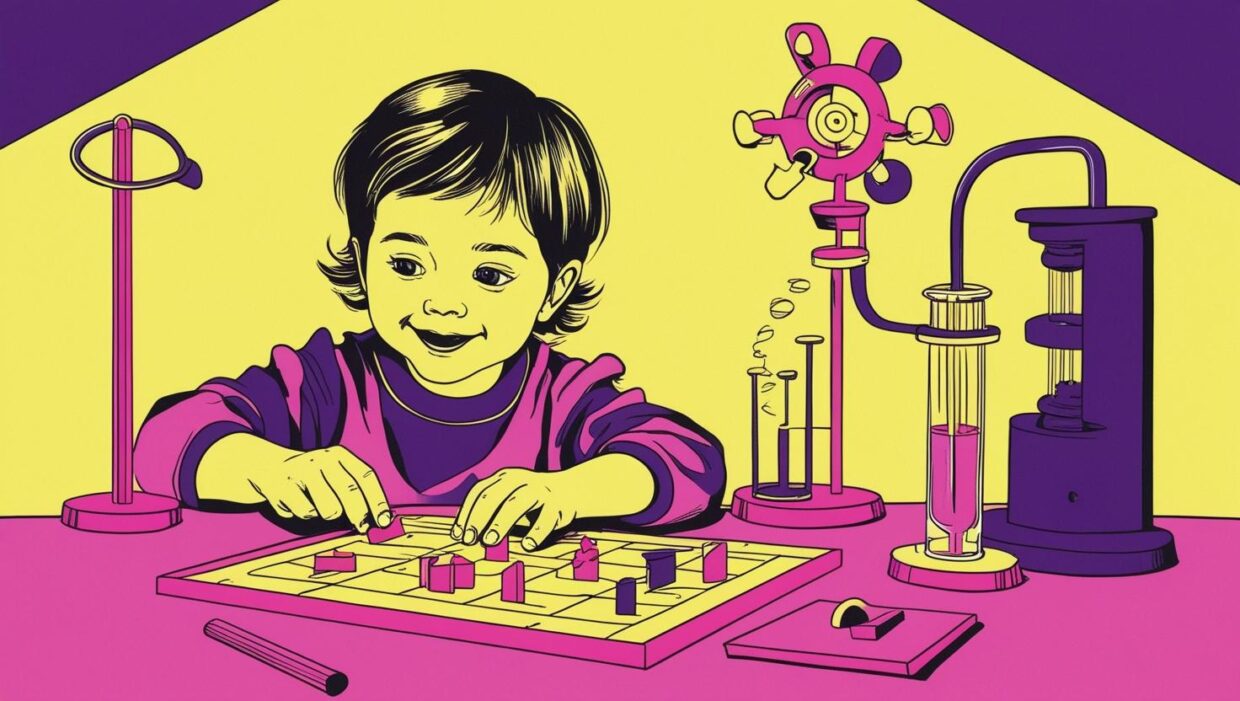Stimulating Curiosity: Questions and Tasks for Exploring Child Education
Child education is a vast and fascinating field. By asking the right questions and undertaking thoughtful exploration tasks, you can deepen your understanding and uncover innovative approaches to teaching. Below is a curated list of questions and activities designed to engage your curiosity and enhance your knowledge of child education. Intriguing Questions About Child Education Philosophy and Purpose What are the fundamental goals of child education in today’s world? How does education shape a child’s identity and values? What role does curiosity play in a child’s learning journey? How does education contribute to a child’s emotional intelligence? Learning Styles and Techniques How can teachers adapt their methods to cater to visual, auditory, and kinesthetic learners? What impact do play-based and experiential learning methods have on a child’s cognitive development? How can technology be used effectively in child education without being […]

